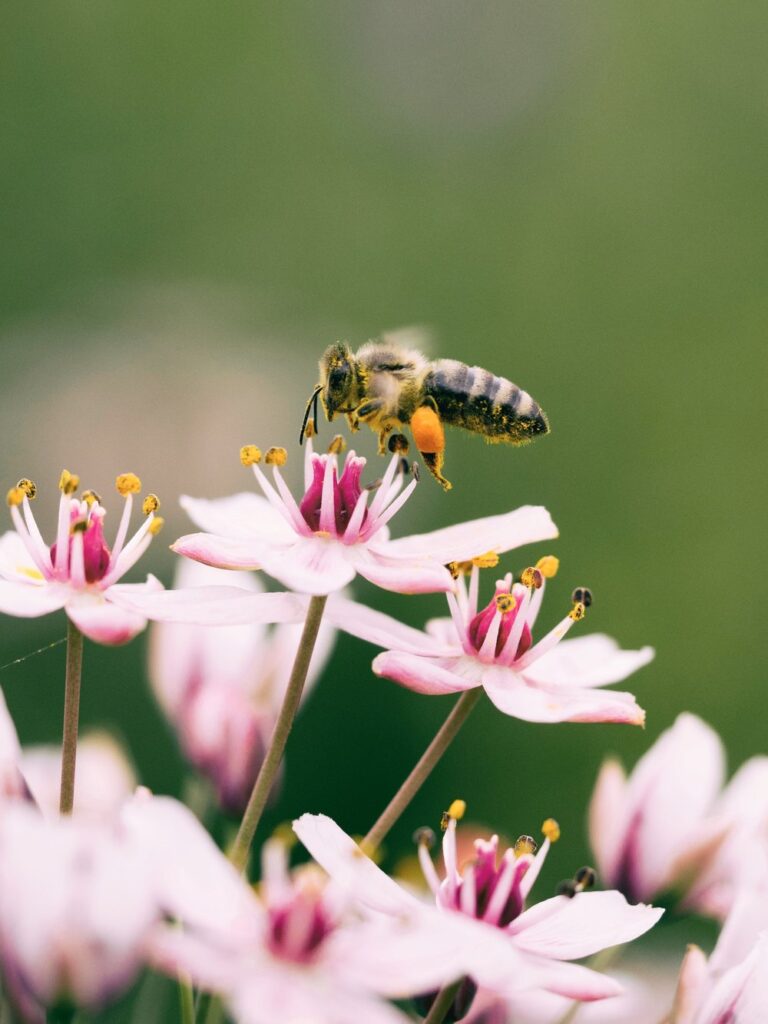Summer is in the air—specifically the flowers in bloom. Gardens are biology in action, and what better way to teach your kids about plants and pollinators than through real-life experience? Take the time this season to plant a garden together, one that can demonstrate the beauty and wonders of the natural world.

The key to a successful garden (and ecosystems in general) is biodiversity. This means choosing from a range of flowers and other plants that thrive in your home’s climate. Of course, a diverse garden means more plants for your children, but it also means more pollinators. Birds, insects, and other pollinators each have their own plant preferences, so a more diverse garden is more likely to attract more species. According to research, bees enjoy white, yellow, and blue flowers, for example, and if your child has a penchant for bugs, it’s helpful to know that beetles are attracted to large, bowl-shaped flowers like the magnolia.
“Through hands-on interaction with your garden, your children can learn how entire ecosystems are built upon inter-species relationships, with your plants at the center of it all.”
If you want to go a step further, make your garden an opportunity to show your kids that not only do critters interact with your flowers, but they also interact with each other too. Ladybugs are a classic example; they act as nature’s pesticide by eating insects that are harmful to plants (though they can sometimes be a pest themselves). You can also grow mushrooms to introduce decomposers, showing your children the entire life cycle of an ecosystem right from your backyard. Through hands-on interaction with your garden, your children can learn how entire ecosystems are built upon inter-species relationships, with your plants at the center of it all.

Some of our BioBoxers are learning about the painted lady butterfly this month, and these creatures could be the perfect specimens for your home garden. They have a strong preference for sunflowers, but more broadly they’re attracted to purple, yellow, and red flowers of any kind. To best attract them, stay as organic as possible (this is where ladybugs could come in handy, as opposed to harsh chemicals). Let your child get their hands dirty, and unlike their room, the best garden is messy—young caterpillars prefer small grasses and twigs, so don’t clean up too much.
It’s always the right time to teach your children, but it’s also a fitting time of the year to plant a garden. Your children’s biology lessons can start with our BioBoxes, but they don’t have to end there—a garden can instill a passion for biology, an understanding of responsibility, and an appreciation for nature. Who knows, maybe your flowers could become their next favorite teacher.
If you are looking for more learning opportunities, check out our ‘all equipment included’ box subscriptions.
Your students’ first BioBox is not just a starter kit, it is an introduction to the biological world.
Microscope Box
The Microscopic World
Get your own microscope and learn to use it